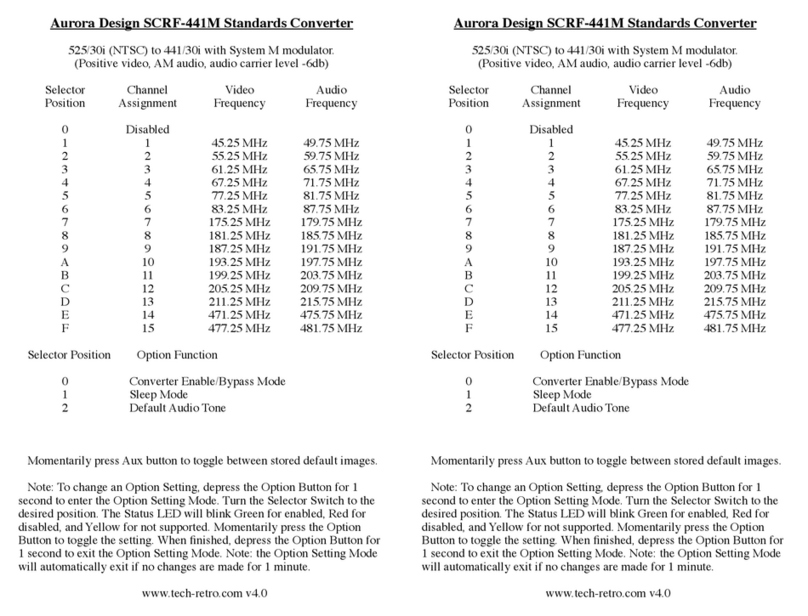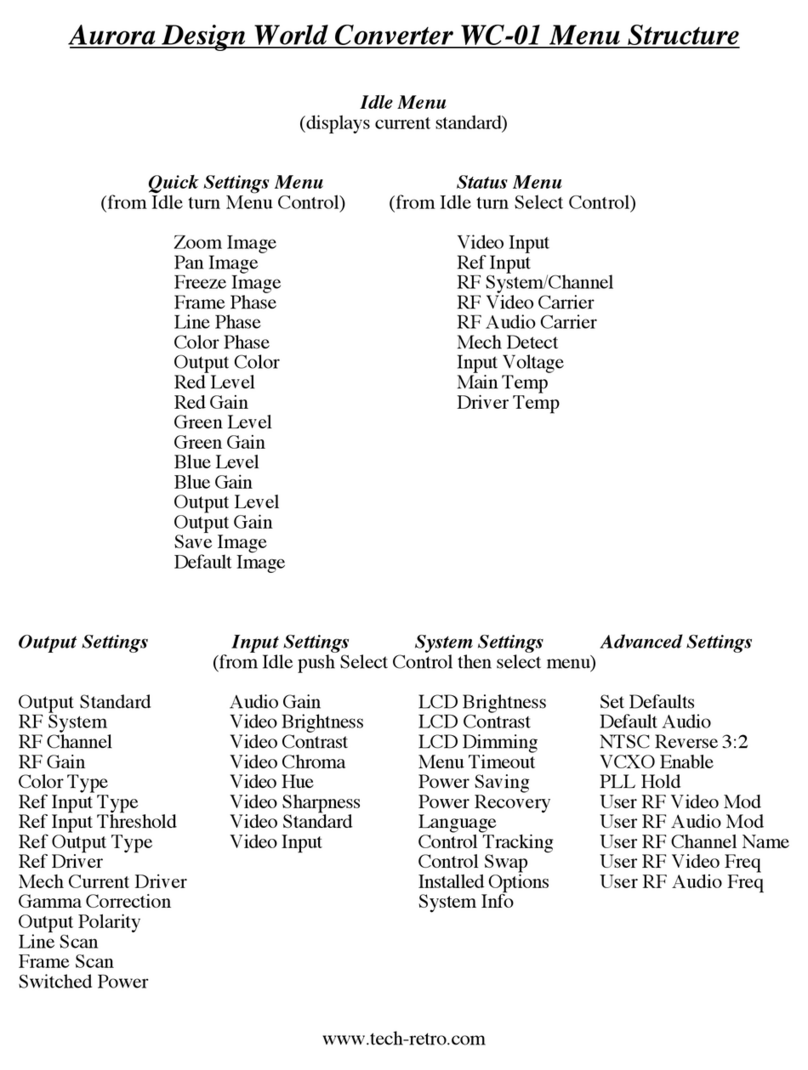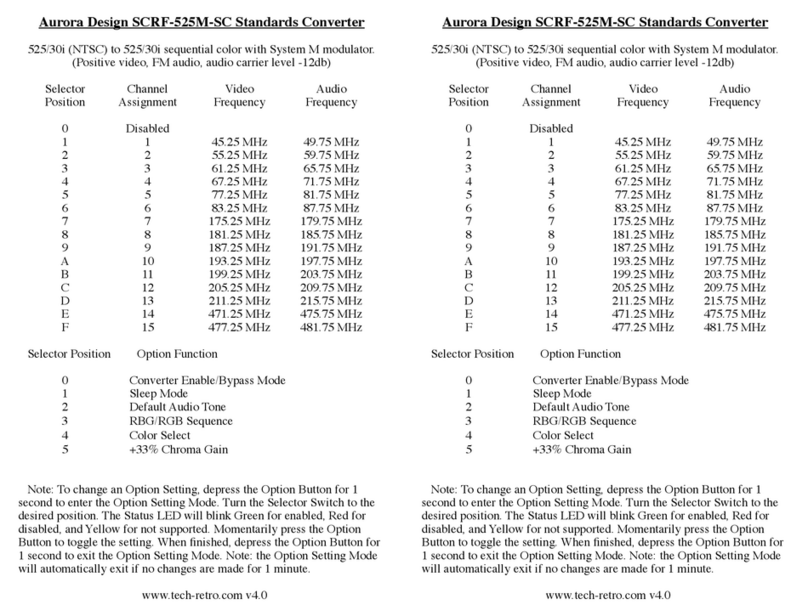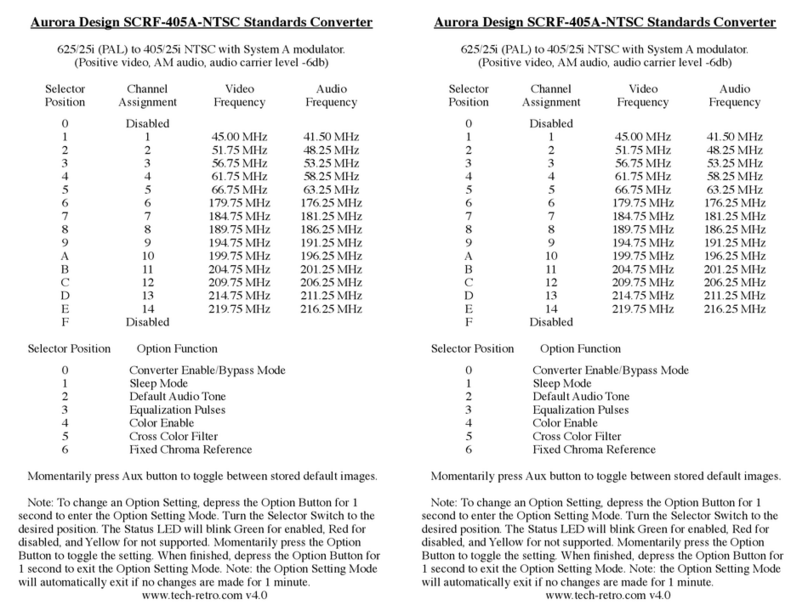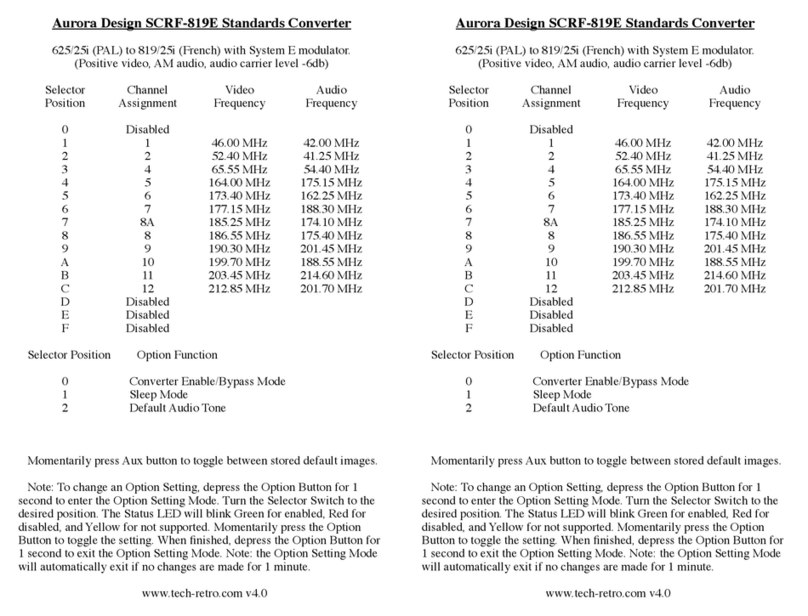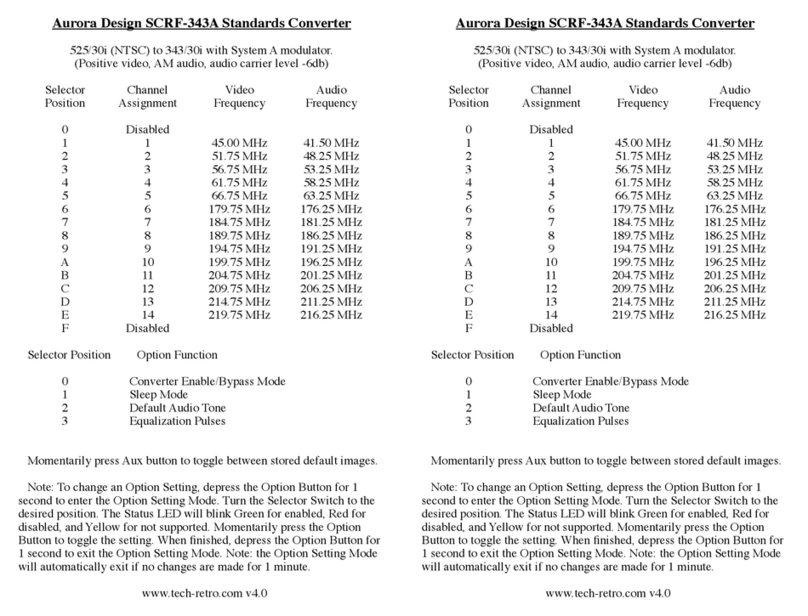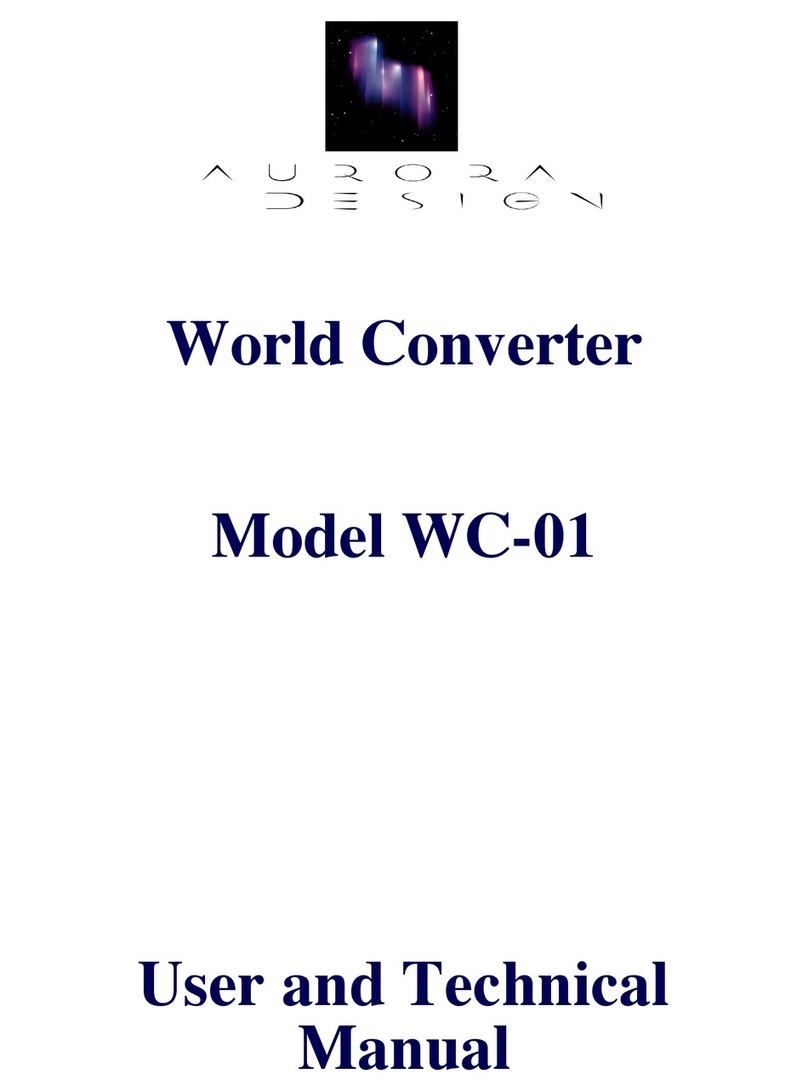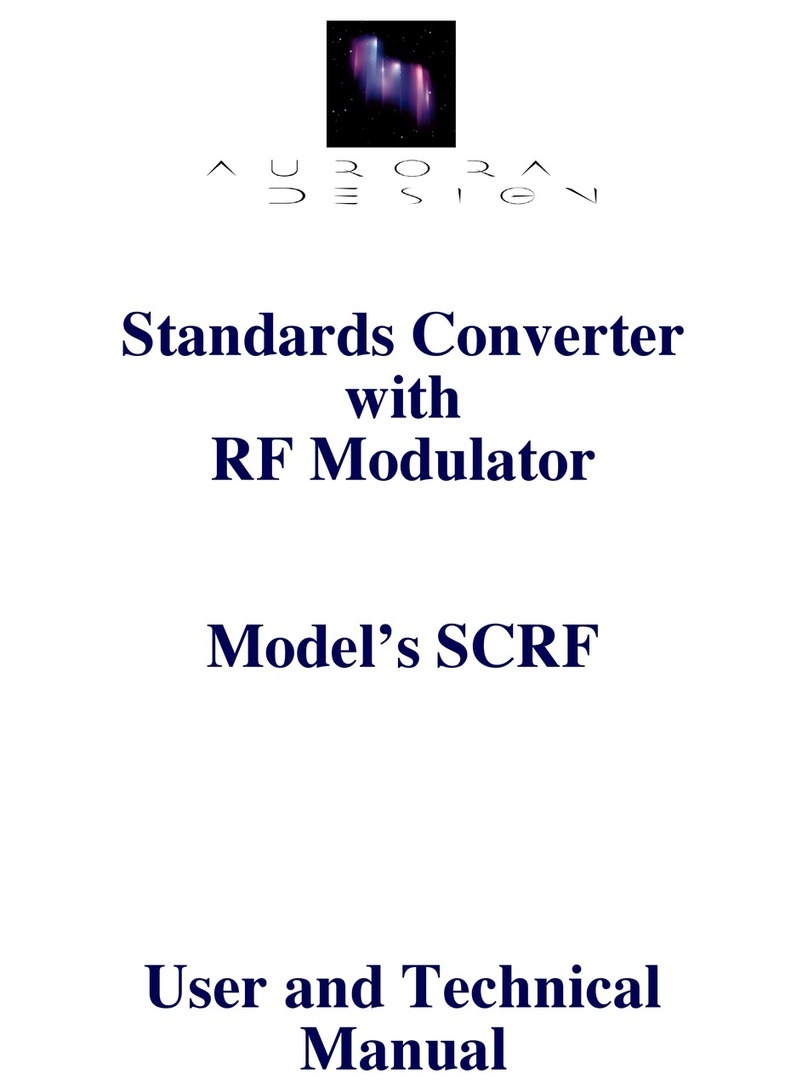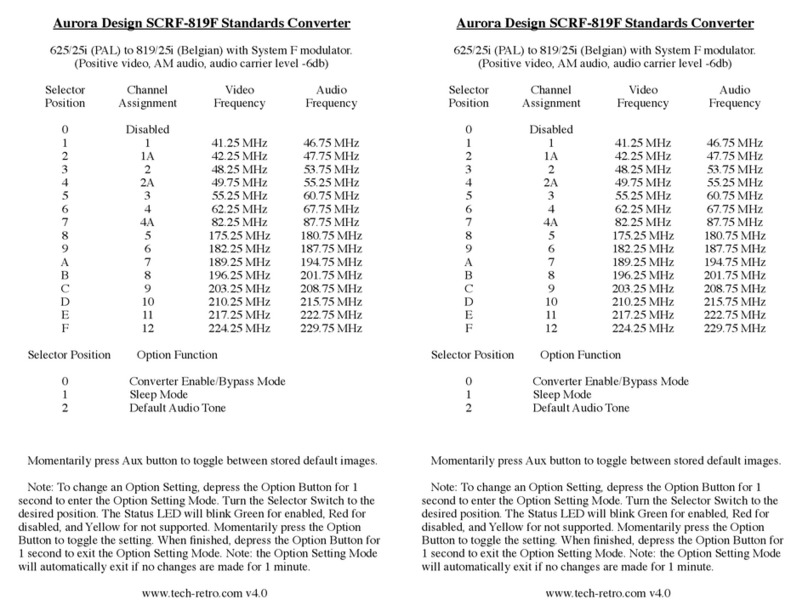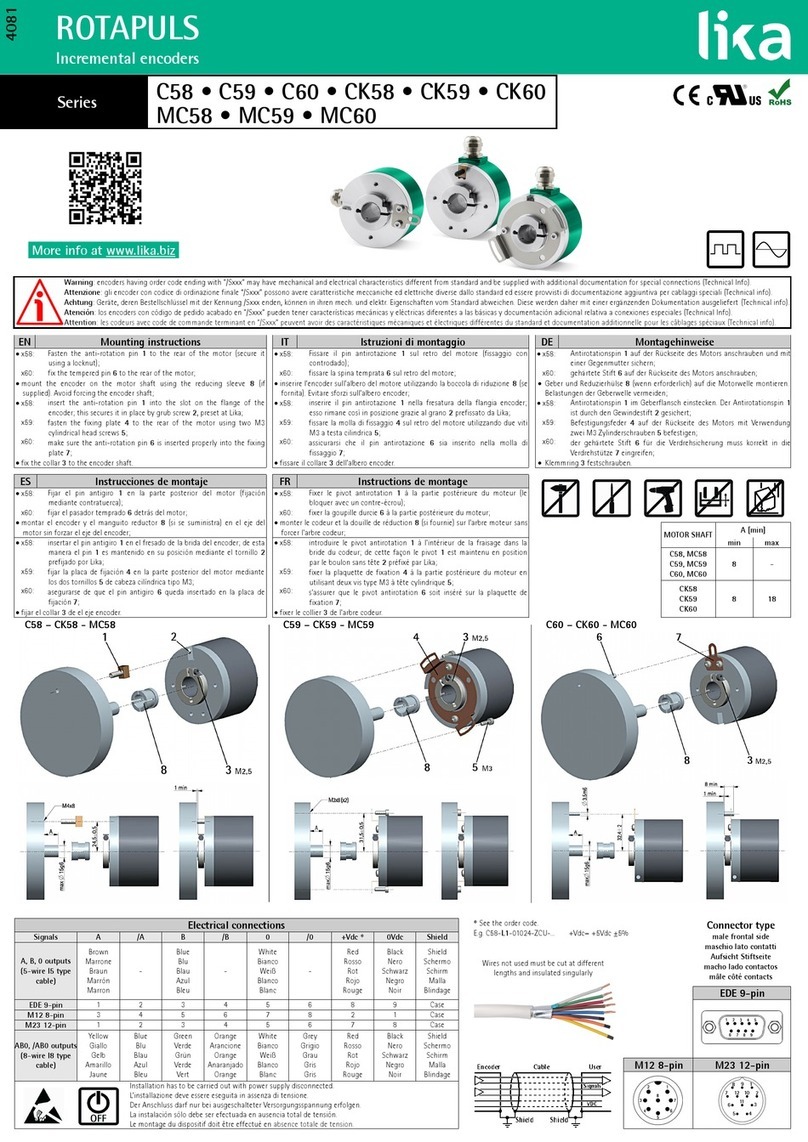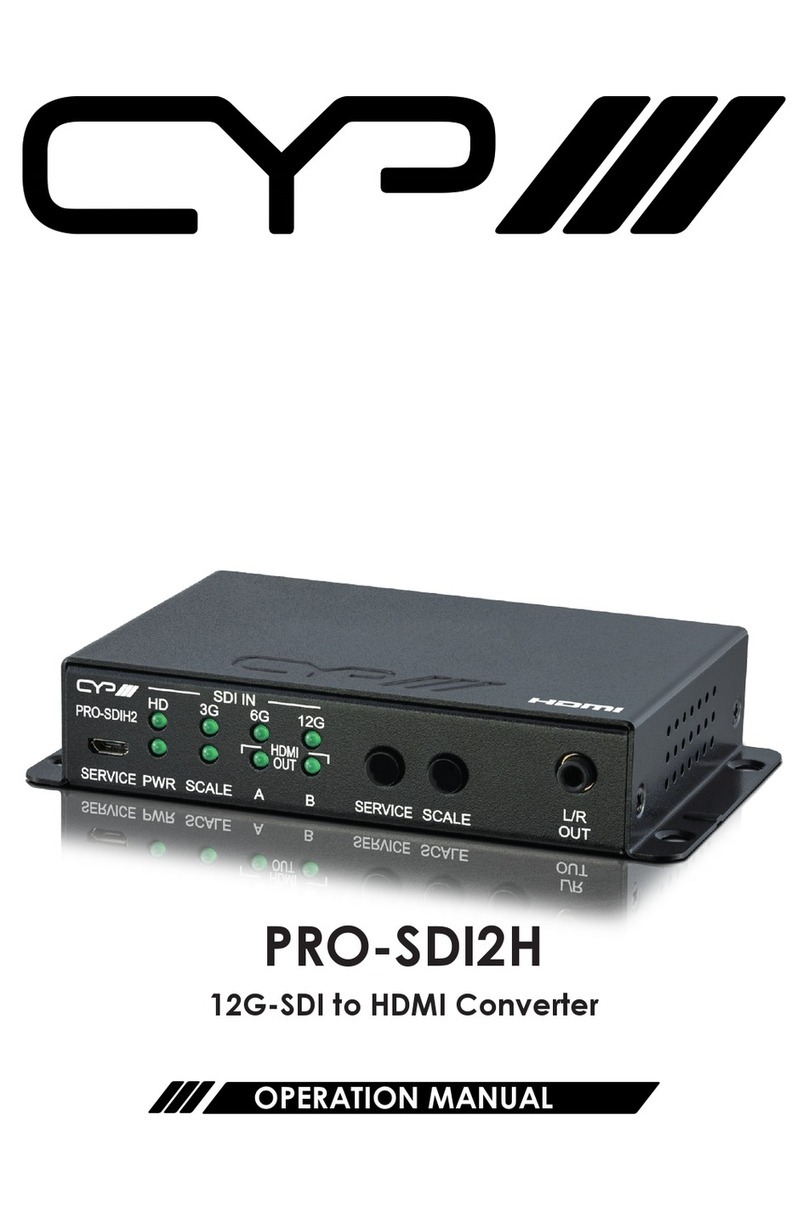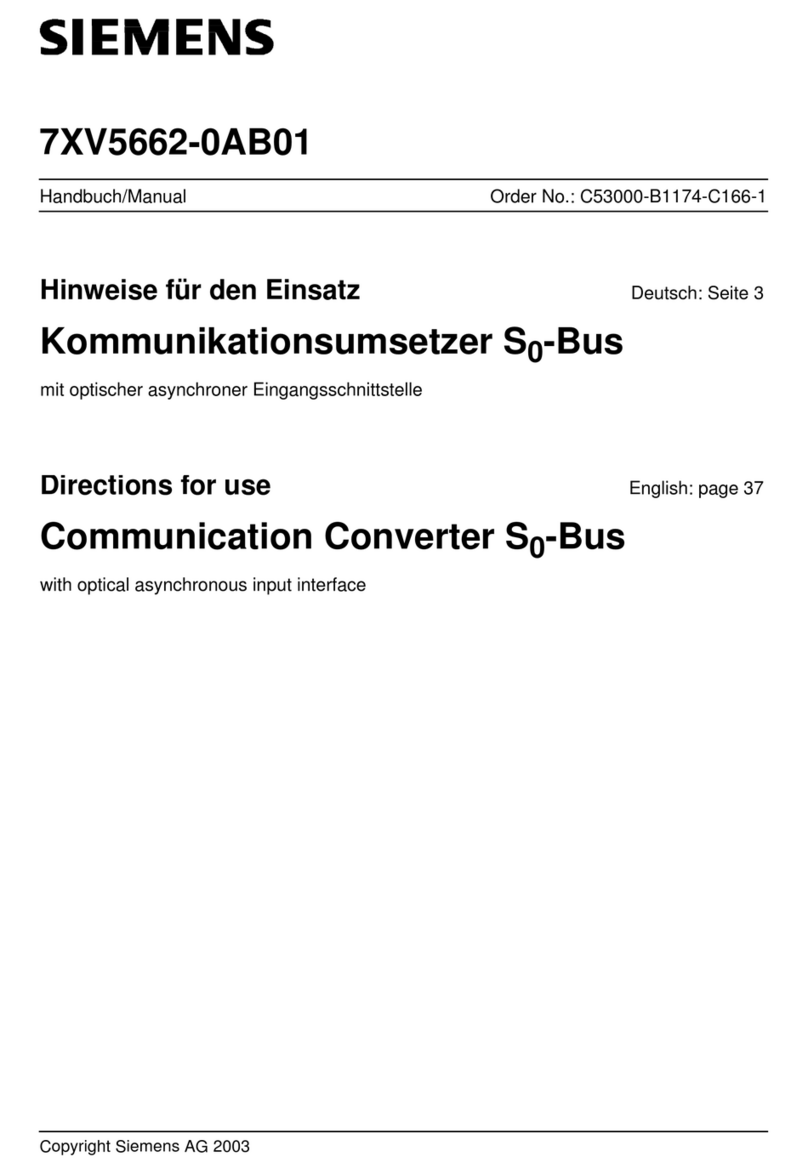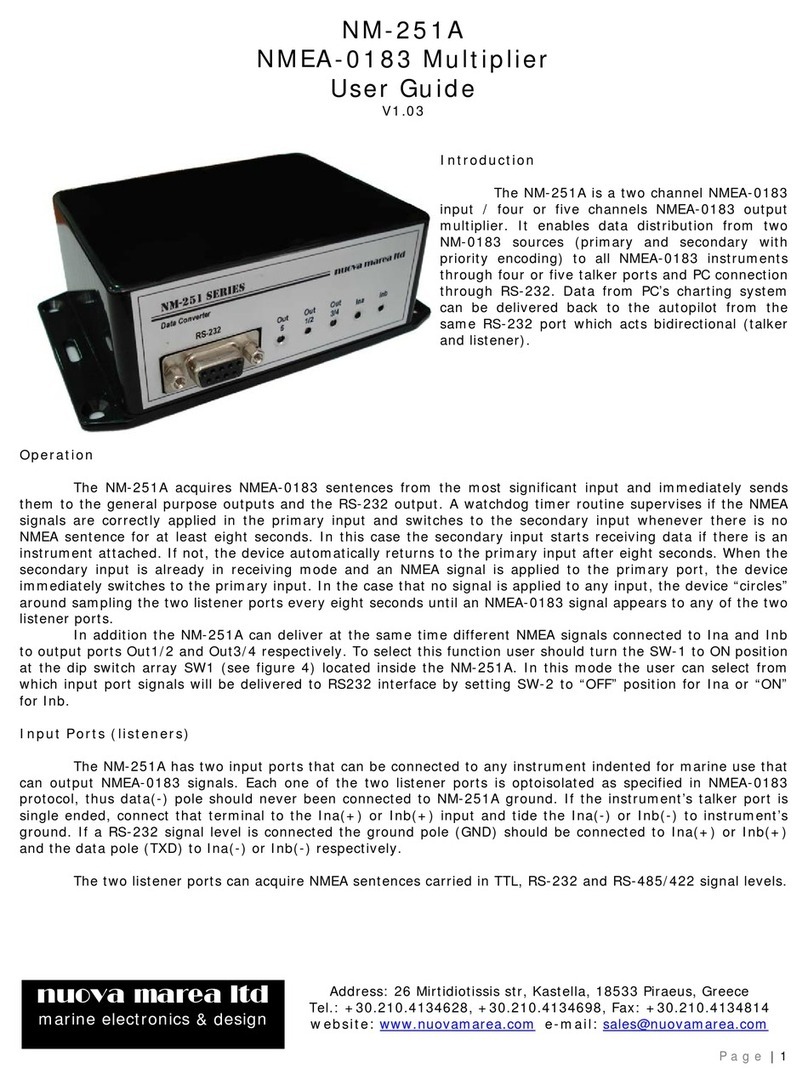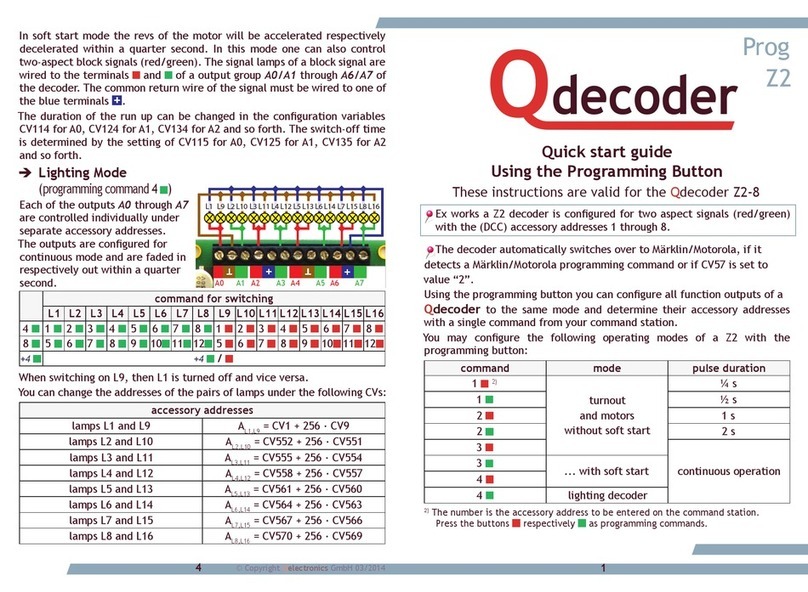want a clock two times higher than this so the output can be over sampled, easing the
filter requirements, and yielding a higher SNR.
This means the output clock needs to use the base ratio times 3/2 (to get to the 3
clocks per pixel), and then again by 2. So the final ratio required is 81/125 * 3/2 * 2
or 486/250. Taking this ratio and multiplying by the 27MHz ITU clock, the output
clock becomes 52.49MHz.
Using this new output clock, all processing of the output pixels can be
accomplished while still maintaining a lock to the input clock. If this were not done,
and the output clock was unrelated to the input clock, as is the case with using a
separate oscillator, the output image will have duplicate, dropped, or torn frames.
Spatial Correction:
With an output clock now available, the image can be processed. In order to
convert between different video standards, the video image must first be spatially
converted. Many aspects need to be taken into account such as image aspect ratio,
and the number of active lines. The distinction of image aspect ratio is made here to
differentiate it from pixel aspect ratio which only has to do with how the analog data
is quantized.
Since this converter is limited to the type of input and output video handled, no
spatial correction needs to take place in the horizontal direction. This means that all
720 input pixels will be included in the output line, but at the output clock rate. Only
spatial correction in the vertical direction needs to take place.
On first inspection, it would appear that this correction can easily be achieved by
simple adding or dropping lines to get the desired result. For example, if you have
576 lines in the input, and need 384 lines in the output, dropping every third line
would appear to be adequate. This is known as decimation. Unfortunately, one third
of the original information is lost, not being included in the output in any way, and
since the input lines were spaced differently than the output lines, aliasing of the
image will occur. This is most noticeable as stair stepping or jagged edges around
objects. To avoid this situation, all lines in the input need to be used to generate the
output.
A simple solution for the above case would be to use the first line of the input as
the first line in the output, and then average the next two lines of the input to create
the second line in the output. This is known as two line interpolation. While it
provides a vastly superior image to straight decimation, it has several draw backs.
First, the output lines will have different frequency content because one line in the
output is the same as a line of the input with all vertical frequencies intact, while the
next line in the output is the average of two lines of the input, with the frequencies
filtered down. Also, since this is just a simple averaging filter, aliasing can occur,
introducing image data that does not actually exist.
Then consider the case where the output is not a clear division of the input. In the
example there were exactly 2/3 the number of lines in the output as there were in the
input. Now take the case of 625 input to 441 output. This requires scaling 576 input
lines to 406 output lines or a 406/576 ratio, which can be reduced to 203/288. Not an
easy ratio to handle with a simple two line interpolator.




















